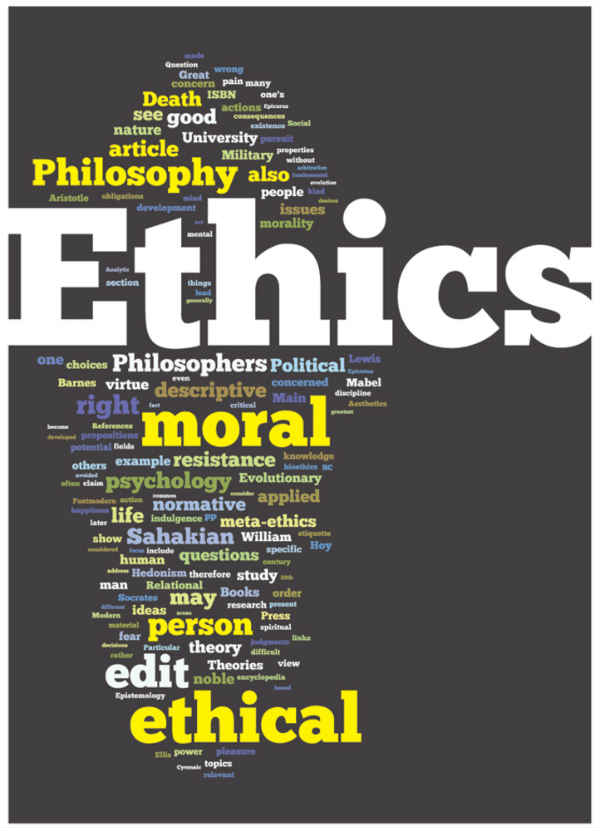 Curation itself is nothing new — museums have used art curators for centuries — but online content curation is still in its early stages. The early years of the internet were like the “Wild West,” and because it was so new, there were few ethical or legal guidelines to police behavior.
Curation itself is nothing new — museums have used art curators for centuries — but online content curation is still in its early stages. The early years of the internet were like the “Wild West,” and because it was so new, there were few ethical or legal guidelines to police behavior.
With new legislation governing online copyright and commerce, that’s all changed. Many content curators, though, are still unsure about what constitutes ethical curation, and how they can share third-party content without running afoul of copyright laws.
Here’s our 10-step checklist to help you curate ethically and effectively. These are just guidelines, of course. For specifics on copyright law, you may want to consult an intellectual property lawyer.
1. Draw from a variety of sources
The first step in ethical content curation is making sure you’re not leaning too heavily on one or two curation sources. Not only is this boring for your readers, but it could mean you’re profiting off of that original creator’s work. Avoid this by curating from a variety of credible sources — both the bigger players in your industry and the up-and-comers. This positions you as an expert who has a hand on the pulse of what’s new and interesting in the field, and gives your readers a wider diversity of opinions and ideas.
2. Prominently link to the original source
Show respect for the original content creator by crediting that person and linking prominently to their original work — rather than to other content that also curated their source material. By prominently, I mean you should not just bury the link at the bottom of your post, disguise it by using the same color font as the rest of the article, or make the font microscopically small. These practices go against the principles of ethical content curation, and should be avoided.
3. Avoid “nofollow” links
Using “nofollow” tags deprives the original content creator of SEO credit. We’ve already established that ethical curators link to the original source to give them credit, but “nofollow” links negate some of the goodwill created by these links. Avoid them wherever you can.
4. Quote sparingly
It’s fine to excerpt a short section of an original content piece to give readers a feel for it (this generally falls under the category of fair use). But quoting long excerpts gives the reader very little reason to click through and read the full article — plus, it could blur the lines between fair use and copyright infringement. Choose the shortest, juiciest quote you can find, and write the rest of the curated piece in your own words.
5. Insert your own point of view
Ethical curators don’t just summarize or regurgitate pieces from other sources. They explain why it matters, how it impacts readers, or what may happen in the future. Adding this human element is a great way to work your voice into the conversation and incorporate brand-appropriate keywords that may not have appeared in the original piece. In addition, make sure your commentary is longer and more detailed than any sections you’re quoting.
6. Fill in the gaps
Is there something the original article didn’t mention that your audience needs to know? Add this information as you’re developing your curated content. Other curators may be sharing the same third-party stories that you’re using, but this additional context will help your piece stand out from the crowd.
7. Use thumbnail images
Images are also subject to copyright law, so don’t reproduce the full image from the original piece without getting permission first. Instead, it’s OK to use a smaller, thumbnail image, or to substitute a royalty-free image that conveys a similar theme without violating copyright laws. You can find images that are available under a Creative Commons license by using Flickr or Google’s advanced search option, and you can check for licensing issues using TinEye’s Reverse Image Search.
8. Give readers the option to close an iFrame or share bar
Including share bars and iFrames around the original publisher’s content helps maintain the look and feel of the curator’s property, yet it still helps drive traffic to the original site. Using an iFrame is not unethical, but because some readers find them annoying, you should give them the ability to close the iFrame and view the original article directly on the publisher’s site.
9. Add a new title
Never copy and paste the original author’s headline. Instead, write your own headline so that you’re not competing with the original author in search results. Retitling also gives you the chance to play up certain aspects of the piece that the author may have downplayed, as well as to incorporate words or phrases that will resonate more strongly with your particular audience.
10. Claim Google authorship, as appropriate
If you’ve followed the ethical guidelines above, you should have no hesitation claiming Google authorship for your curated content. But if you’re simply summarizing a piece without retitling it and adding your own commentary, you probably shouldn’t claim Google authorship because you haven’t authored anything new.
Do you have additional tips for using content curation fairly and ethically? Let us know in the comments.
Looking for more advice on content curation? Check out what the experts had to say at Content Marketing World 2013. Access to a wide range of presentations is available through our Video on Demand portal.
Cover image via Bigstock
Editor’s note: Curata is a Content Marketing Institute benefactor, which is a paid supporter of our website and content creation activities.
